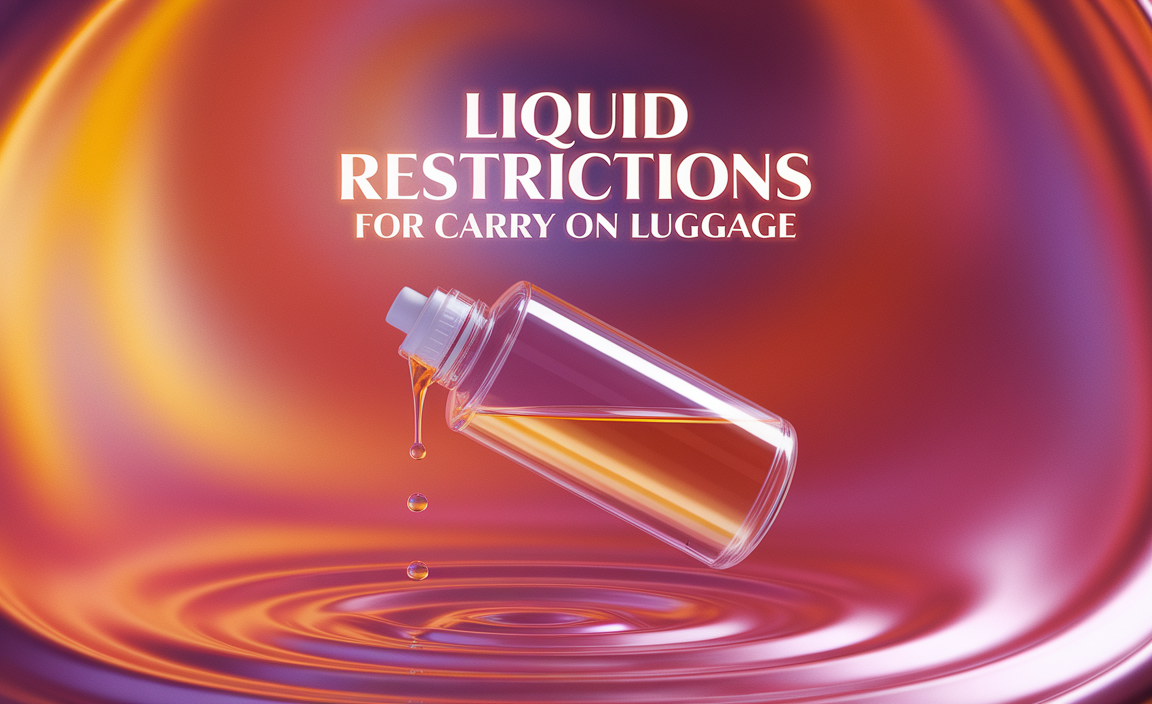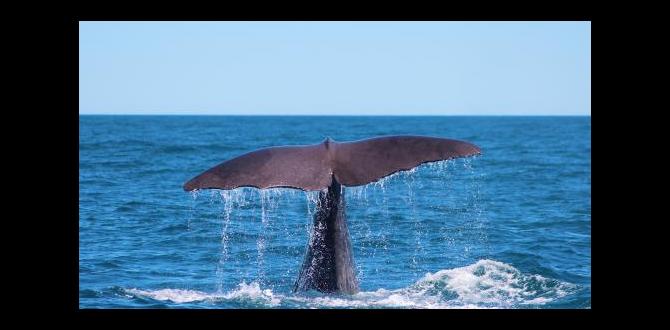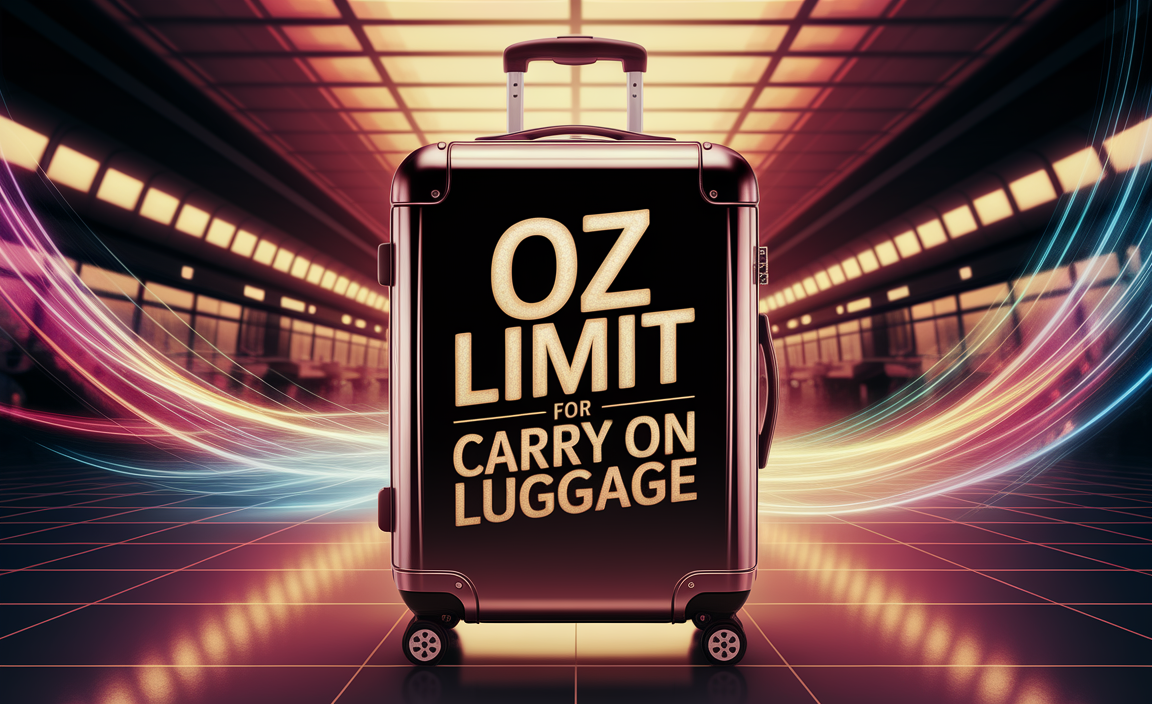Planning an Australia road trip base guide involves selecting your starting point and understanding key logistics like vehicle choice, route planning, and essential supplies. This guide breaks down the process into simple steps for a stress-free adventure.
Dreaming of an Australian road trip? The sheer scale of this incredible country can feel a bit daunting when you first start planning. Where do you even begin? Choosing the right “base” – your starting point and how you’ll navigate – is the first, most crucial step.
Don’t let the details overwhelm you! This guide is designed to make launching your epic Australian road trip as smooth and exciting as possible. We’ll walk through everything you need to know, from picking the perfect launchpad to what to pack. Let’s get you on the road to adventure!
Your Australia Road Trip Base Guide: Essential Planning
Australia is enormous, and a road trip here is a serious undertaking. Unlike a quick weekend getaway, planning a long-distance Australian adventure requires a solid foundation. Thinking about your “base” isn’t just about where you start; it’s about how you’ll experience the journey, what kind of vehicle suits your needs, and what essential preparations will make your trip comfortable and safe. Let’s break down these key elements.
1. Defining Your “Base”: Starting Point & Travel Style
Your “base” can mean a few things for an Australian road trip:
- Your Starting City: This is where your journey physically begins. Major cities like Sydney, Melbourne, Brisbane, Perth, or Adelaide are popular choices due to accessibility and infrastructure.
- Your Travel Hub: This refers to the type of vehicle and accommodation you’ll primarily use. Are you planning to camp, stay in hotels, or rent a campervan?
- Your Route’s Anchor: Consider if you’re planning a loop, a point-to-point journey, or if your base will be a central point from which you take day trips.
Your choice of starting city will heavily influence your route and the distances you’ll cover. For example, starting in Sydney opens up options for the iconic East Coast drive, while starting in Perth is ideal for exploring Western Australia’s vast landscapes.
2. Choosing Your Vehicle: The Right Wheels for the Outback (and Beyond!)
The vehicle you choose will shape your entire trip. Australia has diverse terrains, from smooth highways to dusty outback tracks. Consider these options:
- Standard Car/Sedan: Best for well-maintained highways and major coastal routes. If you plan to stick to asphalt and shorter distances, this is an economical choice.
- SUV/4WD: Essential if you plan to venture onto unsealed roads, national parks with rough tracks, or tackle more remote areas. Many tours of the Australian Outback require a 4WD. Always check the rental agreement for permitted areas.
- Campervan/Motorhome: Offers maximum flexibility with built-in accommodation and cooking facilities. Great for budget-conscious travelers and those who love freedom. However, they can be slower, harder to park in cities, and may have restrictions on where they can be driven.
- Ute/Pickup Truck: Useful for carrying gear and can be a good compromise if you want more robustness than a car but don’t need a full motorhome.
Factors to Consider When Choosing a Vehicle:
- Number of Passengers: Ensure ample seating and luggage space.
- Budget: Rental costs vary significantly. Factor in fuel consumption and insurance.
- Planned Routes: Will you need 4WD capabilities? Are you comfortable driving a larger vehicle?
- Accommodation Preferences: Do you want to sleep in your vehicle or book hotels?
For longer trips or rougher terrain, a reliable vehicle is paramount. Organizations like the Caravan Industry Association of Australia offer resources on vehicle types and towing if you’re considering a caravan or trailer.
3. Route Planning: Charting Your Course
Australia’s distances are legendary. This is probably the most critical part of your planning, directly tied to your starting base.
Popular Starting Points and Their Associated Routes:
Here’s a glimpse at what starting from major cities might entail:
| Starting Base City | Popular Route Ideas | Typical Vibe | Estimated Minimum Time |
|---|---|---|---|
| Sydney, NSW | East Coast (to Brisbane/Cairns), South Coast (to Melbourne), Outback (via NSW) | Beaches, rainforests, wine regions, iconic cities | 1 week (short hop) to 3+ weeks (full east coast) |
| Melbourne, VIC | Great Ocean Road, Tasmania (via ferry), Victorian High Country, Murray River | Coastal drives, mountains, cultural hubs, islands | 3 days (G.O.R.) to 2+ weeks (Tasmania) |
| Brisbane, QLD | Sunshine Coast, Gold Coast, Fraser Island, North towards Cairns | Beaches, theme parks, tropical rainforests, islands | 1 week (local) to 3+ weeks (tropical north) |
| Perth, WA | South West (Margaret River, Albany), North to Coral Coast (Ningaloo), Karijini National Park | Beaches, wine regions, coral reefs, vast desert landscapes | 1 week (south west) to 3+ weeks (north) |
| Adelaide, SA | Kangaroo Island, Barossa Valley, Great Ocean Road (westbound start), Eyre Peninsula | Wine regions, unique wildlife, coastal towns, outback gateways | 3 days (Barossa) to 2+ weeks (Eyre Peninsula) |
Key Route Planning Tips:
- Be Realistic with Distances: Google Maps is your friend, but add at least 20-30% to estimated driving times for stops, traffic, and slower speeds in certain areas.
- Pace Yourself: Don’t overschedule. Driving for 8-10 hours every day is exhausting. Aim for 4-6 hours of driving with plenty of time for exploration.
- Consider Road Conditions: Check the NSW Roads and Maritime Services website (and similar for other states) for real-time road closures, alerts, and conditions, especially if traveling during or after wet weather.
- Book Accommodation in Advance: Especially during peak seasons or in remote areas, popular spots fill up quickly.
- Factor in “Downtime”: Build in days where you don’t move, allowing you to enjoy a location fully.
4. Essential Gear and Supplies: Packing for the Journey
Beyond your clothes, what else do you really need? Think about comfort, safety, and convenience.
Technology & Navigation:
- GPS Device or Reliable Phone Navigation App: Download offline maps! Mobile reception can be spotty in vast stretches of Australia.
- Power Bank/Portable Charger: Keep your devices charged on the go.
- Car Chargers: For phones, tablets, and any other essential electronics.
Comfort & Safety:
- First-Aid Kit: A comprehensive kit is a must. Ensure it’s well-stocked for wilderness situations too.
- Sun Protection: Sunscreen (SPF 30+), hats, sunglasses are non-negotiable. The Australian sun is intense.
- Insect Repellent: Especially important in tropical and bushland areas.
- Water: Carry more than you think you’ll need, particularly in arid regions. Consider a reusable water bottle or purification tablets.
- Snacks: Keep a supply of non-perishable snacks for those long stretches between towns.
- Comfortable Clothing: Layers are key. Days can be warm, nights cool.
- Emergency Kit: Include things like a basic toolkit, jump starter cables, torch/flashlight, and a blanket. A reflective safety triangle is also advisable.
- Reusable Shopping Bags: For groceries and general use.
Personal Care Considerations:
For some, especially those managing health conditions or traveling with young children, specific personal care items are crucial for a stress-free journey.
- Adult Diapers/Incontinence Products: For peace of mind and comfort on long drives or in remote areas where amenities might be scarce. Look for discreet, absorbent options designed for active lifestyles. Brands specializing in overnight or heavy-duty protection can be a lifesaver.
- Child Diapers and Wipes: If traveling with little ones, pack an ample supply. Consider travel-sized packs for easy access. Having trusted brands that offer comfort and leak protection can make all the difference.
- Hand Sanitizer: Essential for maintaining hygiene when facilities are not readily available.
- Basic Toiletries: Travel-sized shampoo, conditioner, soap, toothbrush, and toothpaste.
- Any Personal Medications: Pack more than you think you’ll need and keep them in their original packaging.
Thinking ahead about these personal items removes one layer of potential worry, allowing you to focus more on the adventure. Resources like the Healthdirect Australia website can offer general advice on managing health needs.
5. Vehicle Checks and Maintenance: Keeping Your Ride Rolling
Before you even leave your base city, give your vehicle a thorough check. If you’re renting, familiarize yourself with its features and perform a walk-around to note any existing damage.
Pre-Trip Vehicle Checklist:
- Tyres: Check pressure and tread depth. Ensure you have a spare tyre, jack, and lug wrench.
- Fluids: Check oil, coolant, brake fluid, and windscreen washer fluid. Top up as needed.
- Brakes: Test them thoroughly – do they feel spongy, or do they make strange noises?
- Lights: Check headlights, taillights, brake lights, and indicators.
- Wipers: Ensure they are in good condition and clear the windscreen effectively.
- Battery: If your vehicle is older, consider having the battery tested.
- Air Conditioning/Heating: Essential for comfort across Australia’s varied climates.
Regular maintenance is key. If you’re on a long trip, schedule intermediate checks. For campervans or 4WDs, this might include checking tyre pressure for off-road conditions or inspecting suspension. Trustworthy automotive resources like RACV (Royal Automobile Club of Victoria) offer excellent, general car maintenance advice applicable across Australia.
6. Budgeting: How Much Will It Cost?
An Australia road trip can range from budget-friendly to quite expensive. It’s vital to have a realistic budget.
Key Cost Categories:
- Vehicle Rental: Daily rates, insurance, and potential one-way fees.
- Fuel: Australia is vast, and fuel costs can add up significantly. Research current fuel prices along your route.
- Accommodation: Camping fees, caravan parks, motels, hotels, or Airbnb.
- Food: Groceries if self-catering, eating out, or a mix.
- Activities & Sightseeing: National park entry fees, tours, attractions.
- Miscellaneous: Souvenirs, unexpected repairs, camp supplies, or specialized personal care items.
Budgeting Tips:
- Research Fuel Prices: Apps like MotorMouth can help you find the cheapest fuel.
- Consider Off-Peak Travel: Prices for accommodation and rentals are often lower outside of school holidays and major events.
- Self-Cater Where Possible: Cooking your own meals can slash food costs.
- Utilize Free Activities: Many of Australia’s best attractions are natural landscapes offering stunning views and hiking opportunities.
Example Budget Breakdown (Estimate for 2 Weeks, Mid-Range Comfort):
| Category | Estimated Cost (AUD) | Notes |
|---|---|---|
| Vehicle Rental (Mid-size SUV/Camper Van) | $1,400 – $2,800 | Includes basic insurance. Varies by vehicle type and duration. |
| Fuel | $700 – $1,200 | Depends heavily on distance, vehicle efficiency, and fuel price. |
| Accommodation (Mix of caravan parks & budget motels) | $700 – $1,400 | ~$50-100 per night average. |
| Food (Mix of cooking & some eating out) | $600 – $1,000 | ~$40-70 per day. |
| Activities/National Parks | $300 – $600 | Entry fees, a few key tours. |
| Contingency/Miscellaneous | $300 – $500 | For unexpected expenses. |
| Total Estimated Budget | $3,000 – $7,500 | For two people, 2 weeks. This is a broad estimate. |
7. Essential Checks Before You Depart
Once you’ve got your vehicle, route, and gear sorted, a few final checks are vital.
- Driver’s Licence: Ensure it’s valid and you’re familiar with Australian road rules.
- Insurance: For your vehicle (rental damage, breakdown cover) and travel insurance for personal matters.
- Communication plan: Let someone know your itinerary and check in regularly.
- Emergency Contacts: Have them saved in your phone and written down.
- Download Offline Content: Maps, music, podcasts, and guidebooks.
If you’re new to driving in Australia, take a look at the official guides on road rules from the Australian Government website. Understanding speed limits, roundabouts, and the general ‘keep left’ rule is fundamental.
Frequently Asked Questions About Australia Road Trip Planning
Q1: What is the best time of year for an Australia road trip base guide?
Australia’s climate varies greatly. Generally, spring (September-November) and autumn (March-May) offer pleasant temperatures across much of the country. Summer (December-February) is hot, especially inland, and can be humid and wet in the north. Winter (June-August) is mild in the south and can be cold in the southern highlands, while the tropical north is dry and pleasant.
Q2: How much driving is too much driving in Australia?
It’s strongly recommended to limit driving days to 4-6 hours. Australia’s vast distances mean even short-looking trips on a map can take a full day. Always factor in stops for rest, meals, and sightseeing to avoid fatigue, which is a significant risk on Australian roads.
Q3: Do I need a special license for a campervan in Australia?
For most standard campervans and motorhomes (under 4.5 tonnes), a regular car driver’s license is sufficient. Larger or bus-style motorhomes may require a specific licence class. Always check with your rental company about vehicle weight and licensing requirements.
Q4: What are the biggest risks on an Australian road trip?
Key risks include driving fatigue, wildlife on roads (especially kangaroos at dawn/dusk), remote areas with limited mobile signal and services, extreme weather conditions (heatwaves, floods), and driving on unsealed or rough roads without appropriate vehicles. Always research conditions and prepare accordingly.
Q5: Is it safe to travel solo in Australia?
Australia is generally a safe country for solo travellers. However, as anywhere, it’s wise to exercise caution, especially in remote areas. Inform someone of your plans, be aware





